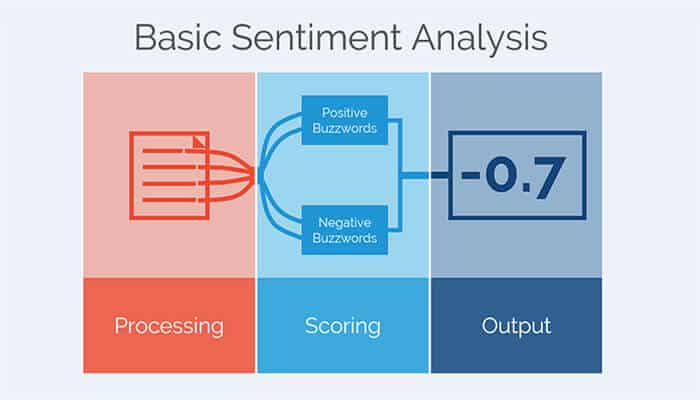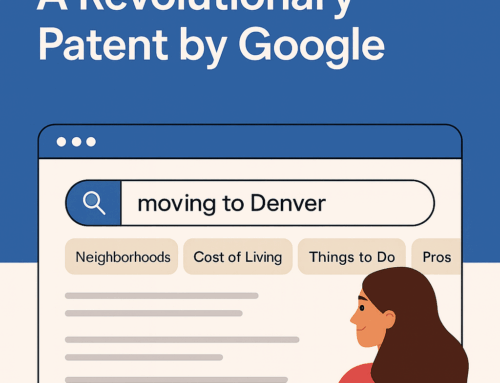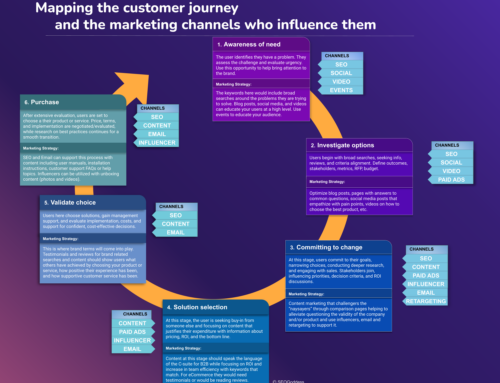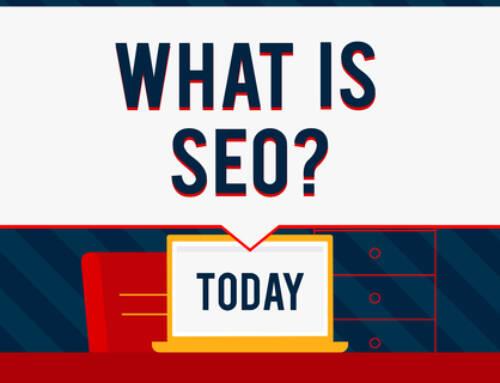Natural Language Processing (NLP) has transformed SEO by enabling a deeper understanding of user intent, which goes beyond simple keyword matching. As I talked about in my previous post about Natural Language Processing and SEO, NLP helps search engines interpret the context and semantics of queries, improving content relevance and search results. It allows for optimizing content that aligns more closely with user expectations, especially for voice search, where conversational queries are common. This approach enhances the user experience by delivering more personalized and relevant content. By staying aligned with evolving trends, NLP-driven SEO strategies maintain a competitive edge, making SEO more intuitive and effective in the digital landscape.
NLP and SEO
Understanding NLP and SEO:
NLP in SEO goes beyond simply matching keywords to search queries. It focuses on understanding the user’s intent or the reason behind a search and seeks to interpret entire phrases and sentences within a broader context. For example, NLP helps Google’s algorithms to discern when a user wants informational content versus when they are likely looking to make a purchase, which shapes the types of results displayed.
Consider Google’s BERT algorithm as an example of NLP in action. Released in 2019, BERT (Bidirectional Encoder Representations from Transformers) was a significant leap in how search engines understand language. Instead of looking at individual words in isolation, BERT understands the relationships between words in a sentence. As a result, it can interpret the nuances of human language, allowing it to present more accurate search results that align with user intent. For instance, if someone searches “how to help a dog with anxiety,” BERT helps Google to understand that this query is informational, focusing on providing helpful content rather than directing users to products.
While NLP for SEO might seem complex, it fundamentally helps machines understand the subtleties of language. NLP encompasses several processes—such as parsing, sentiment analysis, and entity recognition—that empower search engines to detect both meaning and sentiment within text. This is where concepts like smooth nonlinear optimization (NLP) from optimization theory come into play. In SEO, smooth NLP problems use mathematical functions that change continuously without abrupt breaks, enabling algorithms to analyze vast data sets with adaptability and precision.
How Sentiment Analysis Works:
Sentiment analysis, a crucial NLP component, enables algorithms to understand the linguistic context and detect varying sentiments. Developers train machine learning (ML) classifiers with extensive datasets labeled as positive, negative, or neutral. This training allows the ML algorithm to identify the sentiment in new text by analyzing words, phrases, sentences, and entities. After processing, the model assigns a sentiment score (e.g., -1 for negative, +4 for highly positive) to reflect the overall sentiment.
Applying NLP to Your SEO Strategy:
Focusing on content structure and user intent is essential for those wanting to harness NLP in SEO.
-
Content Structure: Structuring content is critical. Breaking up text with headings, subheadings, and bulleted lists makes navigating easier for users and search engines. The BERT model and other NLP tools rely on these structural cues to “understand” and categorize content. Titles and headings using relevant keywords (without overstuffing) also help, as NLP models often prioritize these when gauging a page’s relevance to a specific query.
-
User Intent and Relevance: It is paramount to know what users want when they land on a page. Search engines today favor pages that match intent over those with generic or keyword-stuffed content. For instance, a page about “training horses to overcome obstacles” should provide specific advice on building a horse’s confidence and adaptability in different situations rather than just broadly covering horse training. Tailoring content to match these more specific intents increases its relevance, leading to higher search rankings.
-
Utilize Entity Recognition and Sentiment Analysis: NLP tools recognize named entities (like brands, locations, or concepts) and assess sentiment. In SEO, this means that content that clearly identifies relevant entities, such as “Seattle SEO agency” or “natural language processing in search engines,” will align better with NLP algorithms. On the other hand, sentiment analysis can boost rankings by ensuring that the overall tone of your content aligns with user expectations—e.g., a positive, informative tone for instructional guides.
The Bigger Picture – NLP’s Role in the Future of SEO
NLP’s impact on SEO continues to grow as search engines improve their understanding of natural language. The field is evolving toward more refined, user-focused experiences where search engines aim to present answers to questions, not just links to websites. As this trend continues, SEO will increasingly rely on NLP-driven content that anticipates user questions, addresses them thoroughly, and presents information in clear, structured formats.
The Story of the SavetheBreakfastSandwich.com Website
The Starbucks Breakfast Sandwich In January of 2008, I was gainfully employed with one of the many technology corporations based in Redmond, WA (No it wasn't Microsoft). It was Concur Technologies, [...]
SEO Checklist – Focusing on Social Media
As some of you know I teach a beginner to advanced SEO Workshop. One of the most asked for items in my talk is the SEO Checklist I have developed just [...]
Building a Social Media Community
The staff at Jenn Mathews Consulting use a system for social media marketing called the A.L.I.V.E. system. A majority of our clients have created their Facebook page and Twitter account, but [...]













